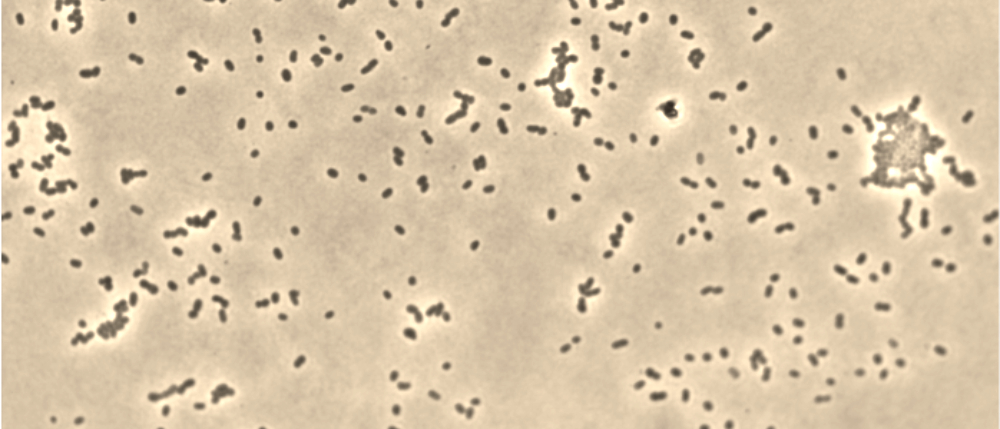Research
In our group we study evolutionary adaptations in response to environmental changes. Our research lies on the interface of evolutionary biology, systems biology and structural biology. We use as a model organism a bacterium isolated from Antarctica.
Which mechanisms facilitate adaptation to environmental changes?
We study the role of enzyme promiscuity and large duplications on facilitating adaptation to environmental changes. We do so by exposing bacteria to environmental changes (e.g.: novel carbon) and observing how adaptations originate in real-time in the laboratory. To investigate the underlying genetic changes we use next generation sequencing.
We also study how temperature adaptation influences protein evolvability. To do so we subject isofunctional proteins isolated from organisms adapted to different temperatures (psychrophilic, mesohpilic, thermophilic), which have different structural properties in terms of stability and flexibility, to parallel directed evolution to gain a new enzymatic function.
What limits adaptation to high temperatures?
We study what limits the extension of the upper thermal tolerance of organisms beyond a certain temperature, a fundamental question given the ongoing global warming. To do so we use experimental evolution to adapt populations of bacteria to high temperatures. Then, we use whole genome sequencing to identify the genomic basis of adaptation.

How bacteria respond to environmental changes?
Temperature has a major effect on organisms. It affects, among others, the rates of their chemical reactions, their growth and reproduction. To study how bacteria respond to temperature changes we track changes in gene expression using transcriptomics. Additionally, in collaboration with Prof. Paola Picotti's group (Institute of Molecular Systems Biology, ETH Zurich), we use a novel proteomics approach (LiP-MS) to study temperature-induced cell death.
